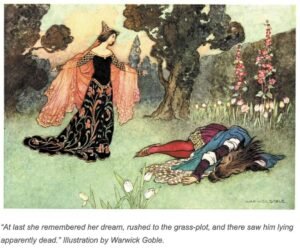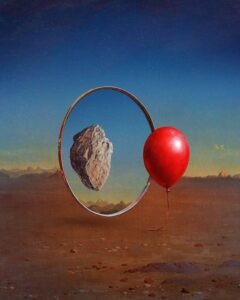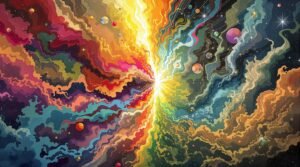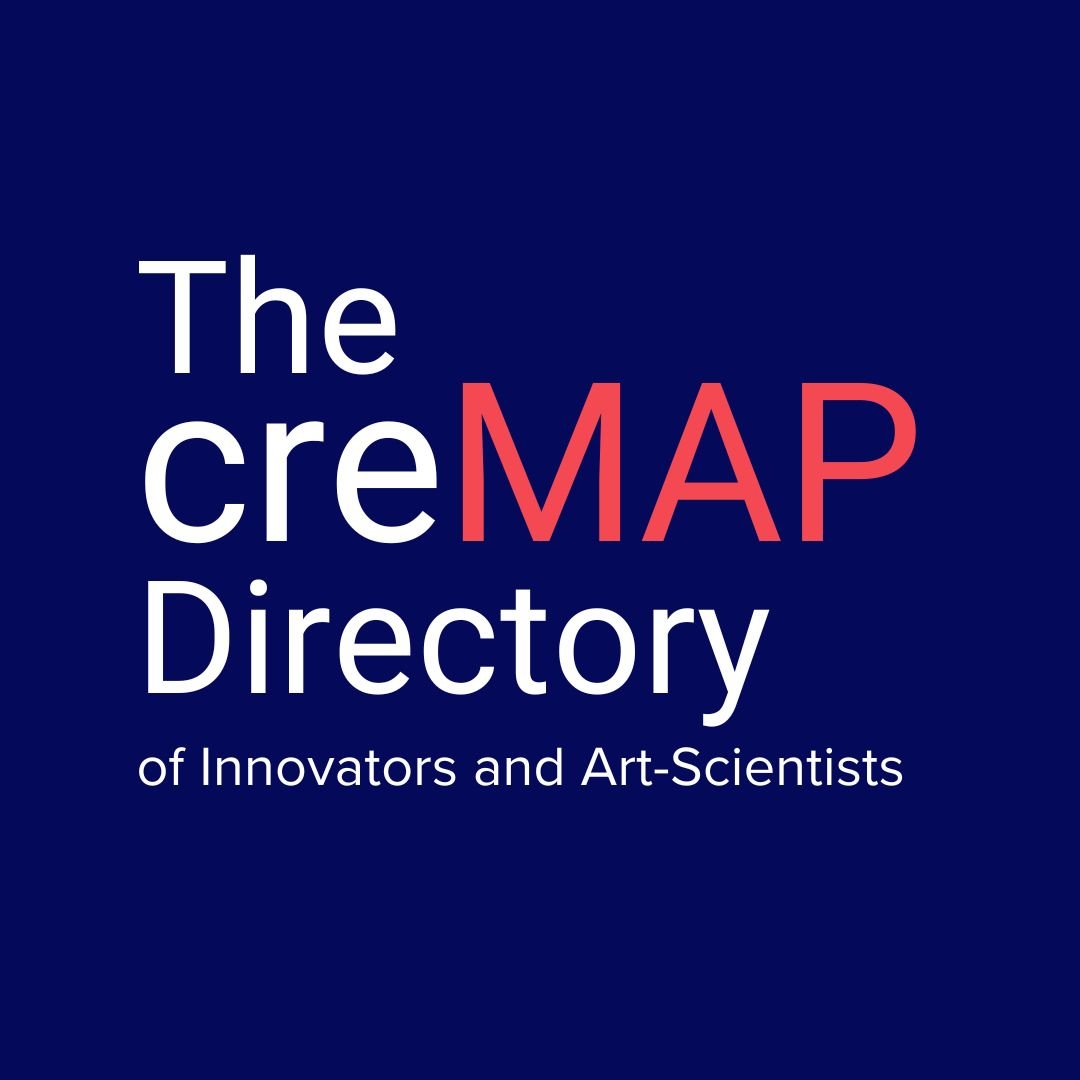In today’s world, scientific research is being produced at an unprecedented scale. Yet, the challenge remains: how do we ensure that this knowledge reaches the people who need it most? In the field of public health especially, research is often locked away in academic journals, written in technical language and accessible only to specialists. This is where knowledge translation comes in, a process that seeks to bridge the gap between research and action, between scientific expertise and everyday understanding.
But knowledge translation is not just a technical act of simplifying jargon. For artist-scientists like Vena Joseph, it is also a creative practice, one that can be deeply enriched by the arts. Vena, a PhD candidate in global public health and a multidisciplinary visual artist, argues that the arts can help make scientific knowledge not only more accessible, but more emotionally resonant, and ultimately, more impactful in shaping collective action.
Knowledge Translation Beyond Simplification
For Vena, knowledge translation is not a buzzword, but a necessity in the landscape of modern science. She describes it as a set of tools that help research findings reach beyond the walls of academia and into the hands of people who can use them.
“Knowledge translation is very popular right now in public health research,” she explains, “and I see it as a really helpful tool to communicate results, to make them more accessible to people who don’t necessarily need to have years of scientific training to understand complex ideas.”
Rather than reducing science to soundbites, Vena frames translation as a process of activating multiple forms of response: intellectual, emotional and bodily. “Some people see it as a tool to illustrate science, to make it more digestible,” she says. “I see it as a way for communicators… to activate head, body, and affective responses to meaning making.” In other words, translation is not only about comprehension, but about creating the conditions for engagement.
This is where art enters the picture. Through painting, sketching and digital illustration, Vena integrates her scientific knowledge with her artistic practice to create visuals that spark curiosity, empathy and imagination. By translating research into figurative works of art, she seeks to move knowledge out of the abstract and into lived experience.
Art as a Catalyst for Action
Global health, Vena notes, can be overwhelming for the average person. From the planetary-scale effects of climate change to the availability of vaccines and medicines, the scope of the issues can leave people feeling paralyzed. “The second you start to want to become more informed or more active… it gets really overwhelming to deal with the mass of information that comes down on you,” she reflects.
Here again, knowledge translation provides a path forward. By using artistic forms to communicate scientific findings, Vena believes we can transform overwhelming data into actionable knowledge. “You want to move people to action,” she insists. “You want them to be aware of how pollution affects them or how policies affect their health, but you don’t want them to feel powerless and you don’t want them to feel nihilistic.”
The arts, in her view, can help catalyze that movement toward action. They allow people to connect emotionally with health information—through imagery, storytelling or visual metaphors—without being alienated by its complexity. A well-crafted piece of art can hold attention, spark empathy and leave audiences not only informed but motivated.
The Balancing Act of Art-Science Communication
At the same time, Vena is clear-eyed about the challenges of merging art and science in translation work. Artistic expression, by its nature, involves choice—what to show, what to leave out and how to frame the message. These choices carry weight in a scientific context. “You can’t say everything,” she admits. “A lot of it rests on subjectivity, on inspiration, on aesthetic choices. There’s a responsibility… not to misrepresent your message through the art.”
Rather than seeing this subjectivity as a flaw, Vena treats it as part of the process. Just as scientists make countless decisions when framing a research question or selecting variables, artists too make choices in how to communicate meaning. In both cases, what is left out is as significant as what is included. For her, the role of art is not to reproduce the fullness of scientific detail, but to serve as an entry point that invites people to explore further.
Empowering Communities Through Translation
Vena’s vision of knowledge translation is deeply grounded in her work in low- and middle-income countries, particularly in the Caribbean. In rural Haiti, where she has worked on malaria prevention, she saw firsthand how community mobilization efforts benefited from art-based approaches. Posters, sketches and simple illustrations could communicate the mosquito life cycle and preventive measures far more effectively than technical reports. In this way, art became a catalyst for health literacy, enabling communities to take ownership of disease prevention.
The ultimate goal, she stresses, is empowerment. “You want people, regular people who haven’t trained for ten or fifteen years, to contribute to collective efforts to address the health needs of their communities,” she says. By translating research findings into everyday language and accessible formats, communities can use that knowledge to guide their own decisions, whether small personal choices or collective advocacy.
Imagination as a Public Health Tool
When asked to summarize the potential of art-science integration in one word, Joseph chose imagination. She sees it as essential for overcoming the seemingly insurmountable barriers in global health. “Imagination is central… it’s a door to dare think about worlds that seem impossible, to dare challenge obstacles that seem insurmountable, especially in public health [Translated from French],” she says.
This vision reframes knowledge translation not as a one-way transfer of information, but as a collaborative practice of reimagining futures. Art becomes not only a means of communication, but also a tool for activism and possibility-making, helping societies envision healthier, more equitable worlds.
Closing Thoughts
Knowledge translation sits at the intersection of communication, action and imagination. For Vena Joseph, integrating art into this process makes translation not only clearer but more human. By engaging hearts as well as minds, artistic approaches to science communication can empower communities, inspire advocacy and foster resilience in the face of complex health challenges.
As Vena reminds us, “Nobody can do this work alone… you need everybody to work together towards a common goal.” Knowledge translation, infused with creativity, may be the bridge that makes such collaboration possible.
Reference
Joseph, V. (2025, August 2). Art-Sci Currents Interviews, Ep.1 – Knowledge Translation [Interview by N. John].




